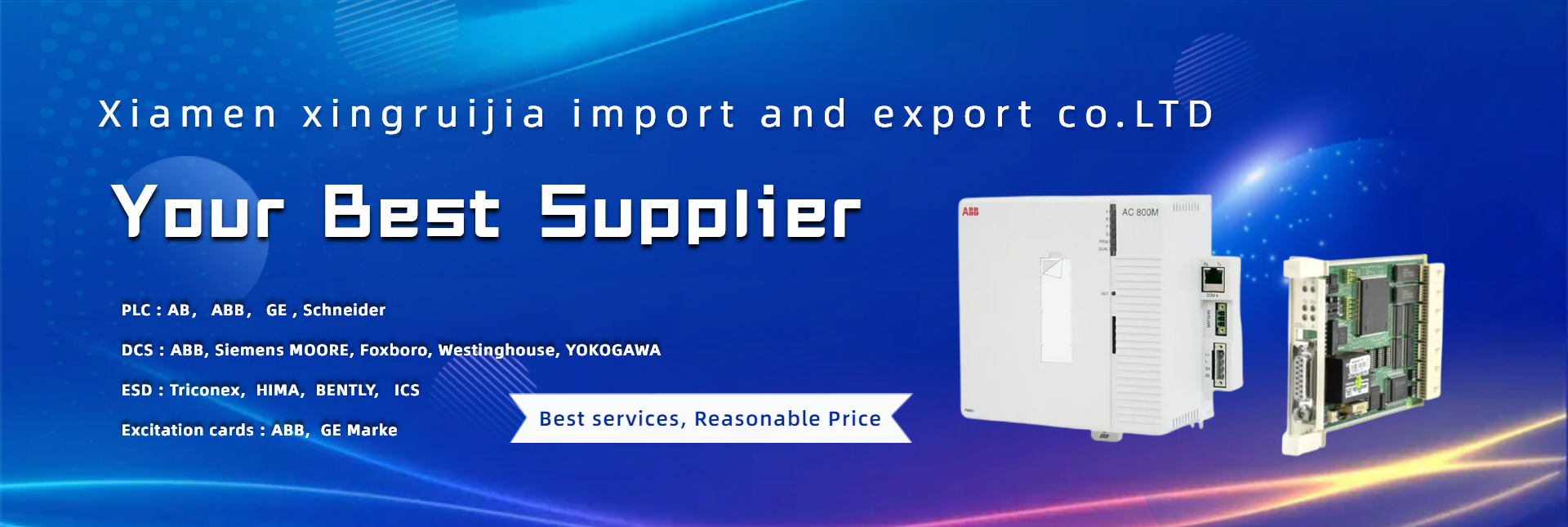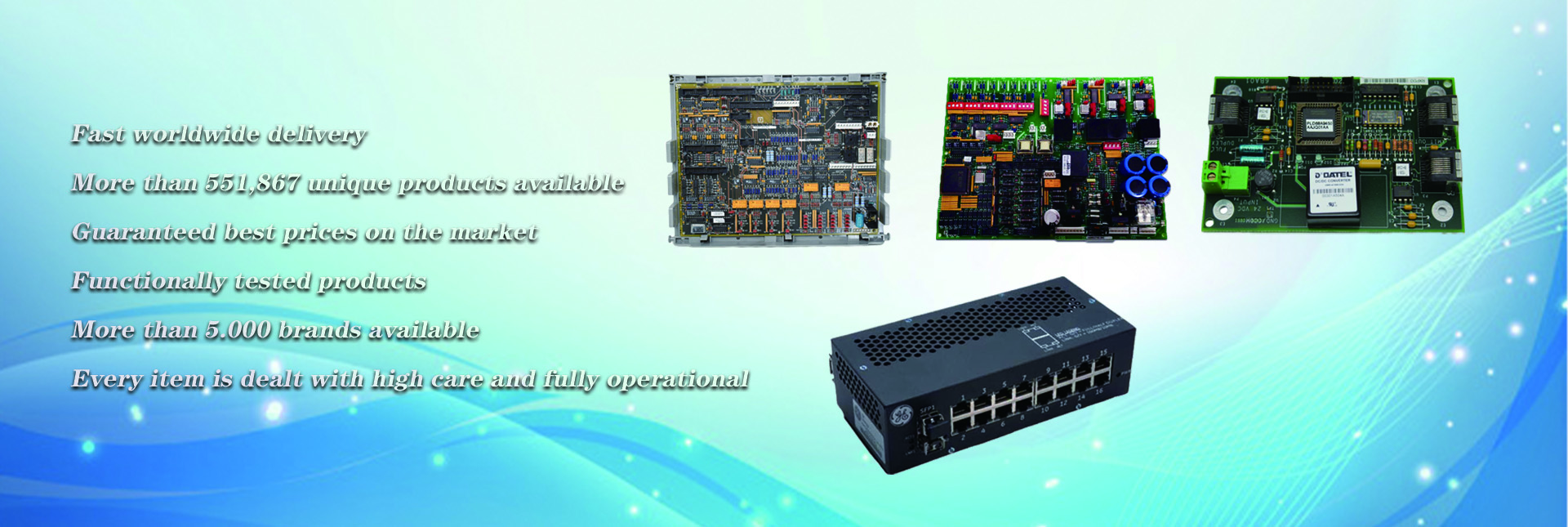For the PLC controller power supply, should use non-power line power supply, directly from the low-voltage distribution room on the main bus using a special line power supply. Choose isolation transformer, and transformer capacity should be larger than the actual needs of about 1.2 to 1.5 times, but also in front of the isolation transformer to join the filter.
For transmitter and common signal instrumentation power supply should choose the distributor with small distributed capacitance, multiple isolation and shielding and leakage inductance technology. The 24V DC power supply of the PLC controller should not be supplied to the peripheral sensors as far as possible to reduce the interference of the peripheral sensors or the short circuit fault of the power supply line to the PLC controller.
In addition, to ensure that the grid feed does not interrupt, online uninterruptible power supply (UPS) can be used to supply power, UPS with overvoltage, undervoltage protection function, software monitoring, isolation from the grid and other functions, can improve the safety and reliability of power supply. For some important equipment, the AC power supply circuit can use a two-way power supply system.
Different types of signals are transmitted by different cables, using away technology, signal cables are laid in layers according to the type of signals transmitted, and the same type of signal lines are twisted in a double way.
It is strictly forbidden to use different wires of the same cable to transmit power supply and signal at the same time, avoid laying signal line and power cable close to parallel, and increase the angle between cables to reduce electromagnetic interference. In order to reduce the power cable, especially the frequency conversion device feeder cable radiation electromagnetic interference, from the interference path to block the intrusion of interference, to use shielded power cable.
The filtering of the input module can reduce the differential mode interference between the lines of the input signal. To reduce the common mode interference between the input signal and the earth, the PLC controller should be well grounded. When there is an inductive load at the input, for AC input signal, capacitors and resistors can be connected in parallel at both ends of the load, and for DC input signal can be connected in parallel with a current-continuing diode. In order to suppress the input signal line between the parasitic capacitance, and other lines between the parasitic capacitance or coupling generated by the inductive electric potential, you can use RC surge absorber.
Output for AC inductive loads, can be connected in parallel with the RC surge absorber at both ends of the load; if the DC load, can be connected in parallel with a current-continuing diode, but also as close as possible to the load. For the occasion of the switching output, you can use a surge absorber or thyristor output module. In addition, the use of output points in series with intermediate relays or photoelectric coupling measures can prevent the PLC controller output points directly into the electrical control circuit, in electrical completely isolated.
Due to the complexity of electromagnetic interference, only take hardware anti-interference measures is not enough, to use the PLC controller software anti-interference technology to cooperate, to further improve the reliability of the system.
The use of digital filtering and industrial frequency shaping sampling, timing correction of the reference point potential and other measures to effectively eliminate periodic interference and prevent potential drift. Adopt information redundancy technology, design corresponding software flag bits; adopt indirect jumping, set software protection, etc. For example, for the switch input signal, the timer delay is used to read in several times, and the results are consistent before confirming the validity, which improves the reliability of the software.
Good grounding is an important condition to ensure the reliable work of the PLC controller, can avoid the occasional voltage shock hazards, but also to suppress interference. The perfect grounding system is one of the important measures of the PLC controller against electromagnetic interference.
PLC controller is a high-speed low-level control device, should use direct grounding method. In order to suppress the interference added to the power supply and input, output, the PLC controller should be connected to a special ground, grounding point should be separated from the grounding point of power equipment. If this requirement is not met, it must also be done with other equipment public grounding, and prohibit the grounding of other equipment in series. The grounding point should be as close as possible to the PLC controller.
The PLC controller of the centralized arrangement is suitable for a parallel grounding method, the center grounding point of the cabinet of each device is led to the grounding pole with a separate ground wire. Decentralized arrangement of PLC controller, should be used in series a grounding method. Grounding resistance of the grounding pole is less than 2Ω, grounding pole is best buried in 10 ~ 15m away from the building, and the PLC controller grounding point must be more than 10m away from the grounding point of strong power equipment. If you want to use the expansion unit, its grounding point should be connected with the grounding point of the basic unit.
When the signal source is grounded, the shield should be grounded on the signal side; when the signal source is not grounded, it should be grounded on the PLC controller side. When there is a connector in the middle of the signal line, the shielding layer should be firmly connected and insulated, and each shielding layer should be well connected to each other. Select the appropriate grounding to single point grounding, to avoid multi-point grounding.
In the selection of equipment, the first thing to understand the domestic PLC manufacturer to give the anti-interference indicators, such as common mode rejection ratio, differential mode rejection ratio, voltage withstand capability, allowed to work in how large the electric field strength and how high the frequency of magnetic field strength environment, etc., to choose products with high anti-interference ability, such as the use of floating ground technology, good isolation performance of the PLC controller.
PLC controller field application of anti-interference problems, is complex and detailed. Anti-interference design is a very complex systemic engineering, involving specific input and output devices and the specific environment of the industrial site, we are required to consider all aspects of the factors, must be based on the actual situation at the scene, from the reduction of interference sources, cut off interference paths and other aspects of a comprehensive consideration, make full use of a variety of anti-interference measures to PLC controller design, in order to truly improve the PLC Controller field application of anti-interference ability, to ensure the safe and stable operation of the system.
Post time: Dec-20-2022


